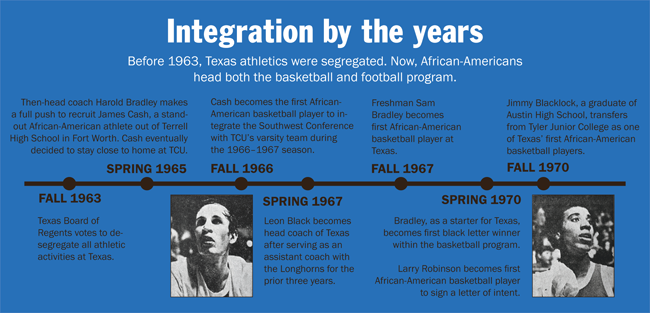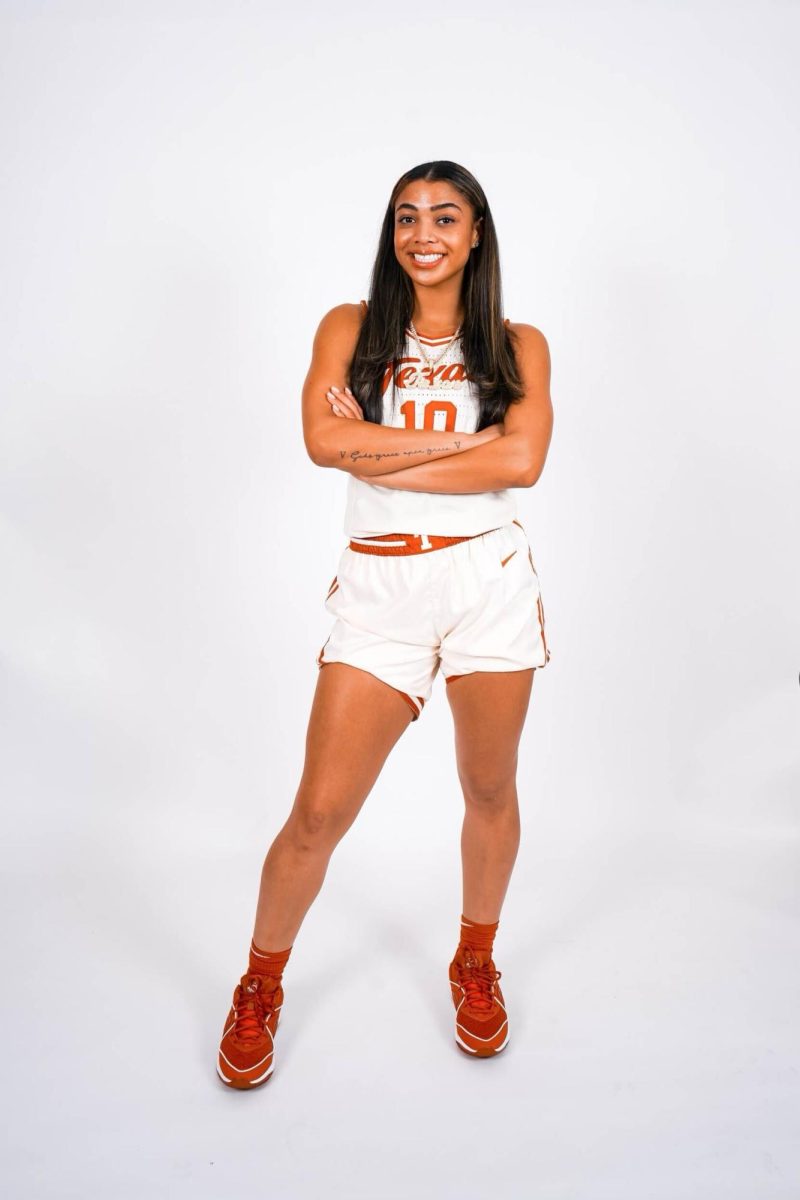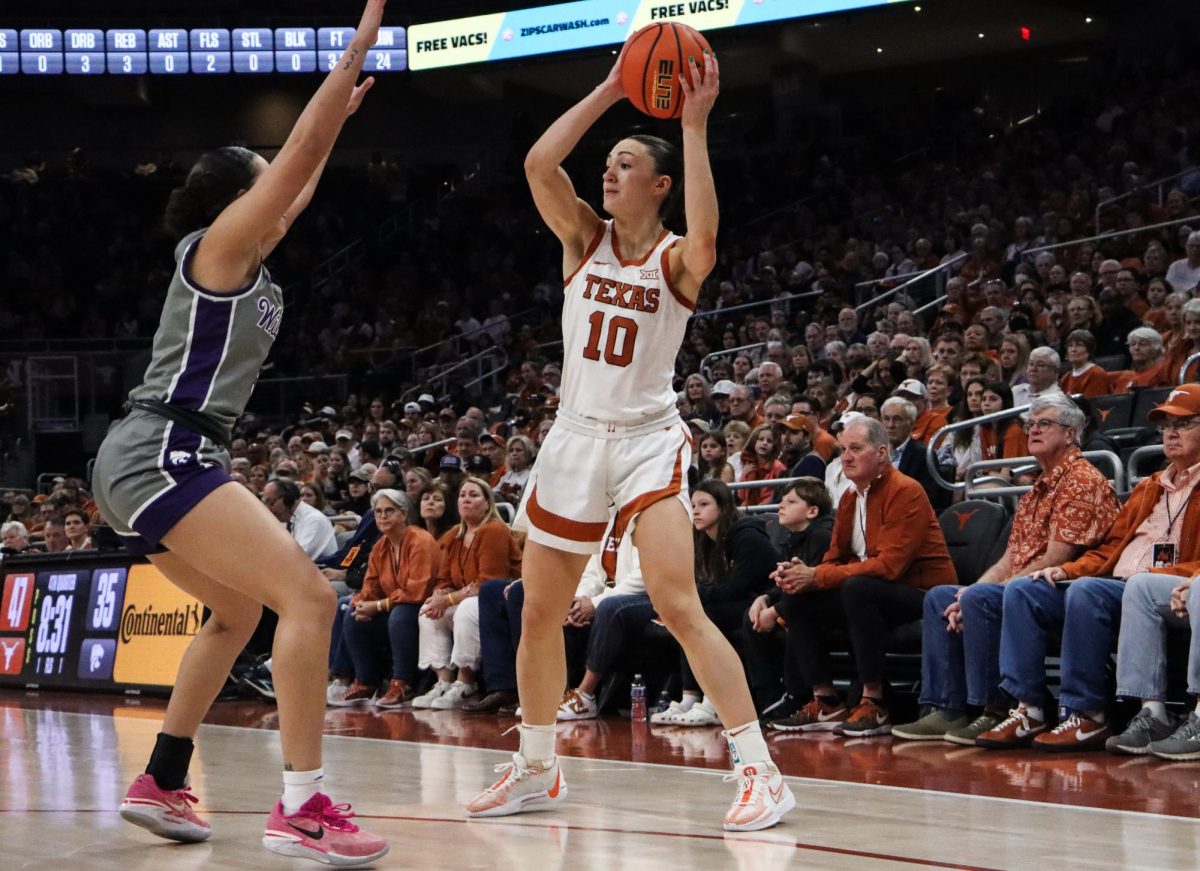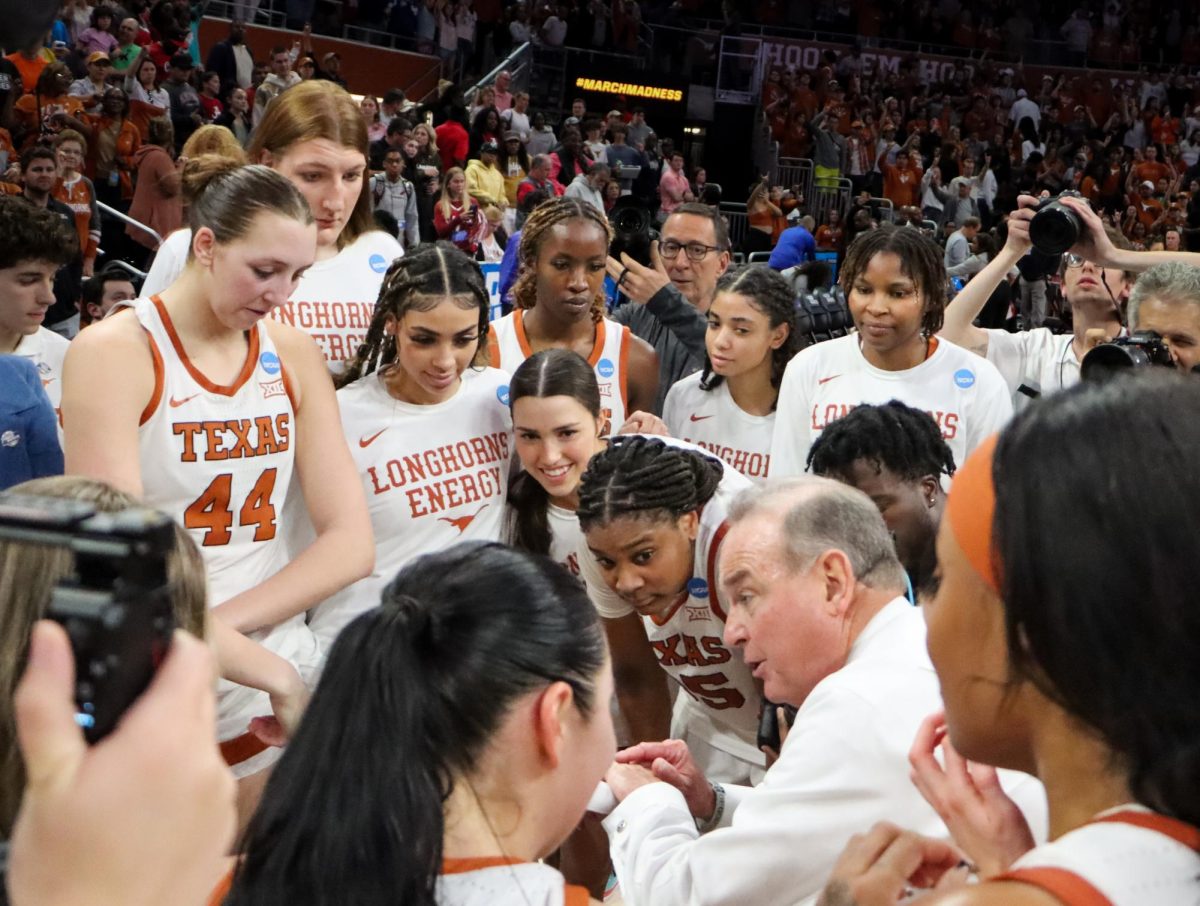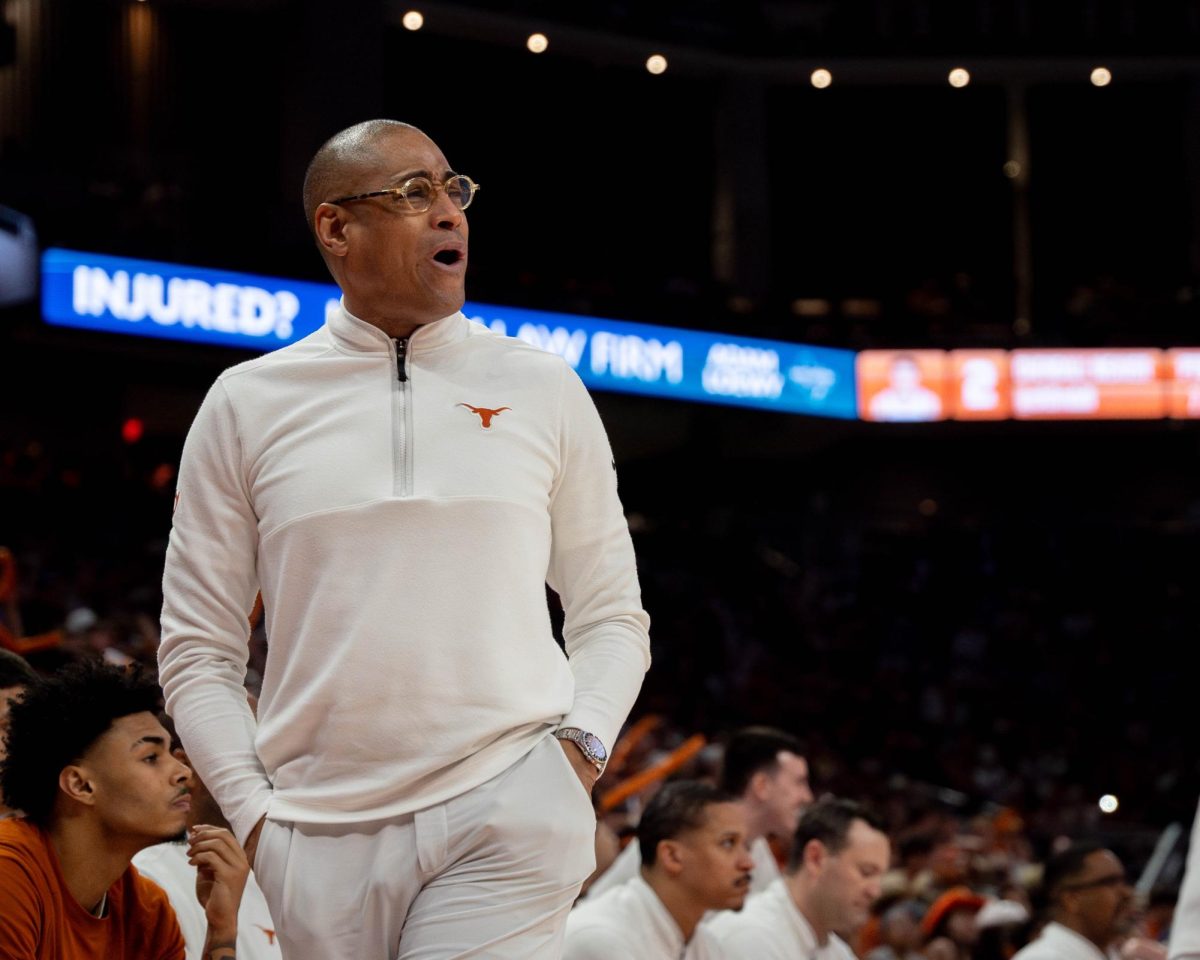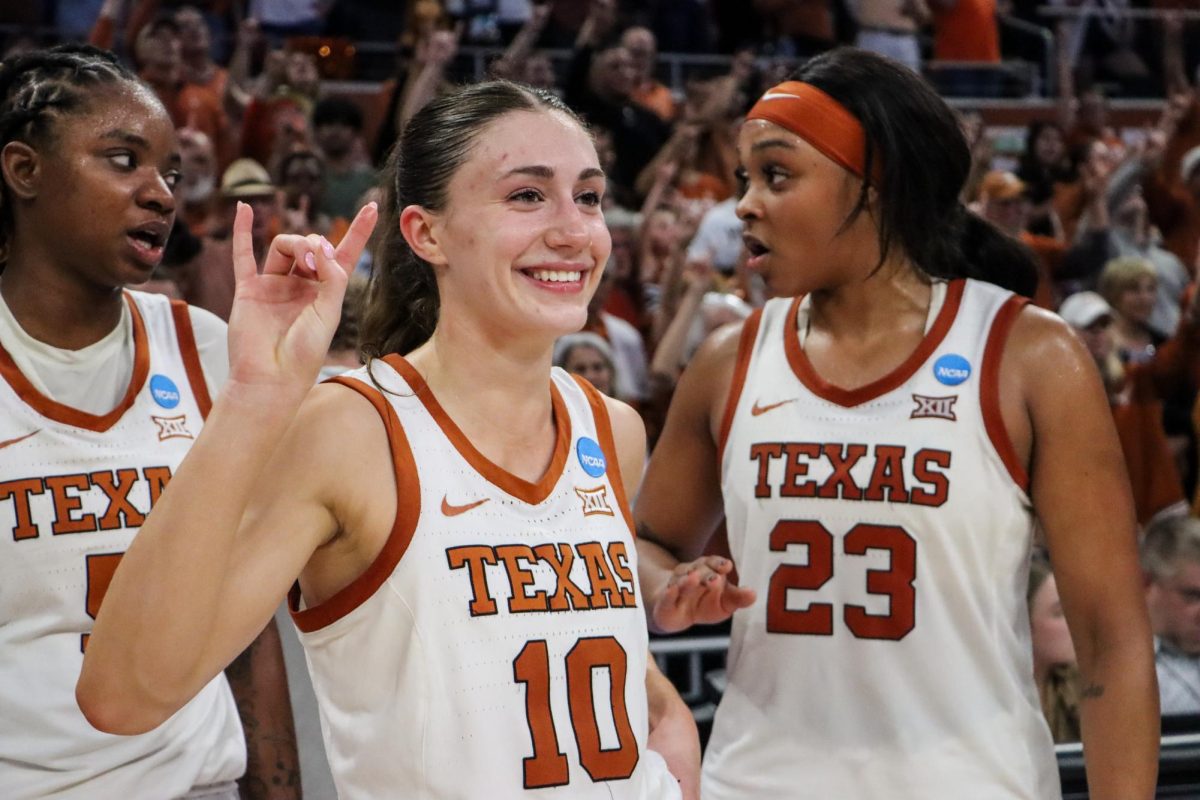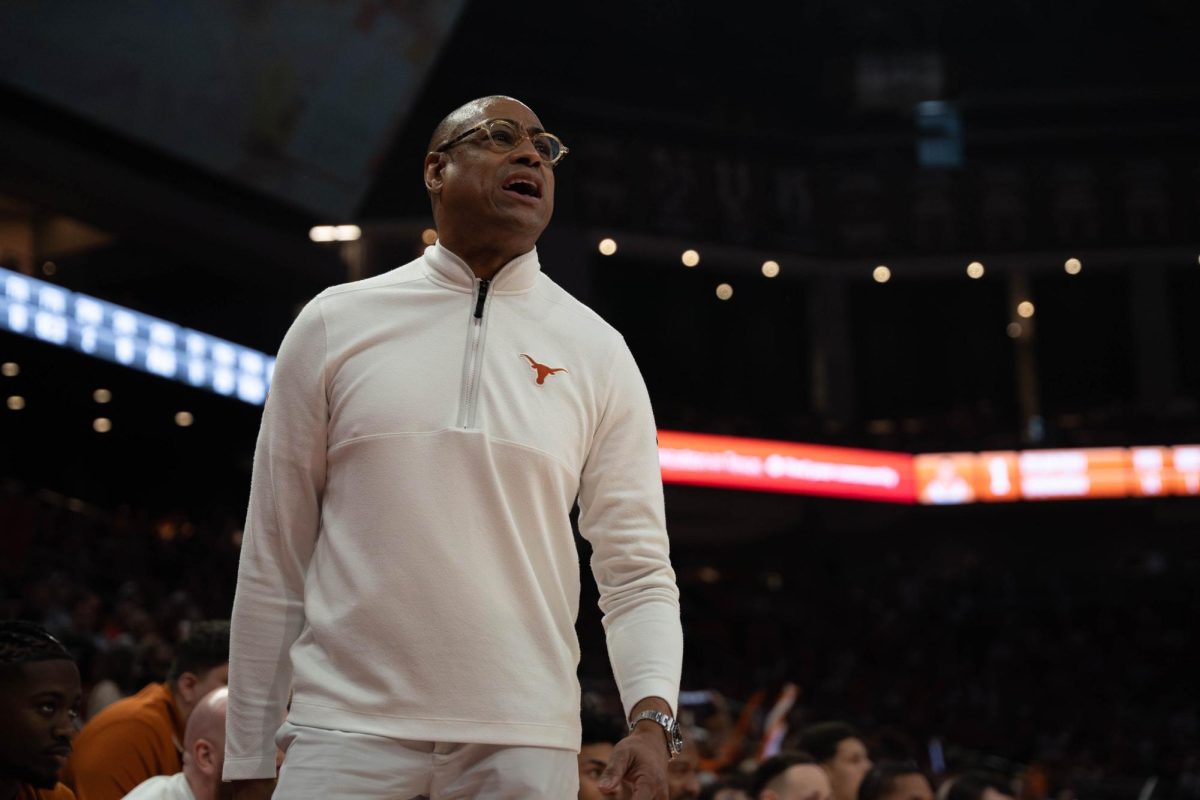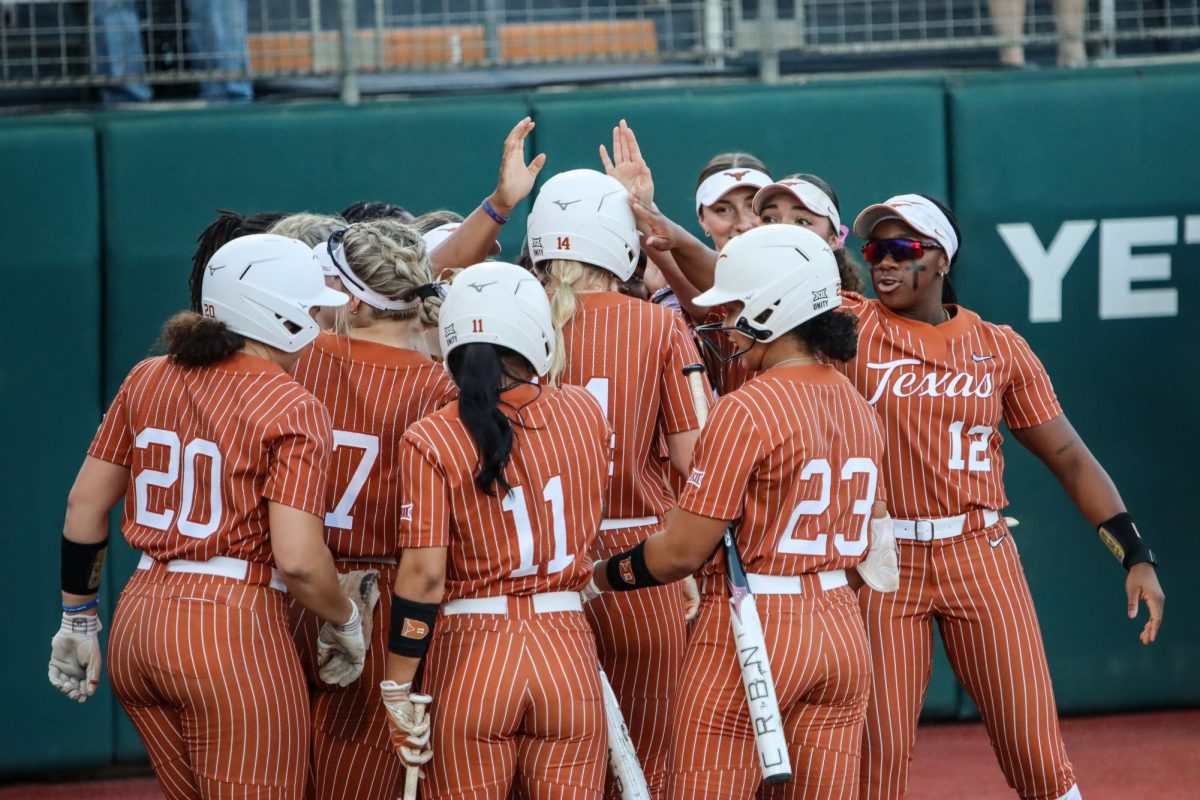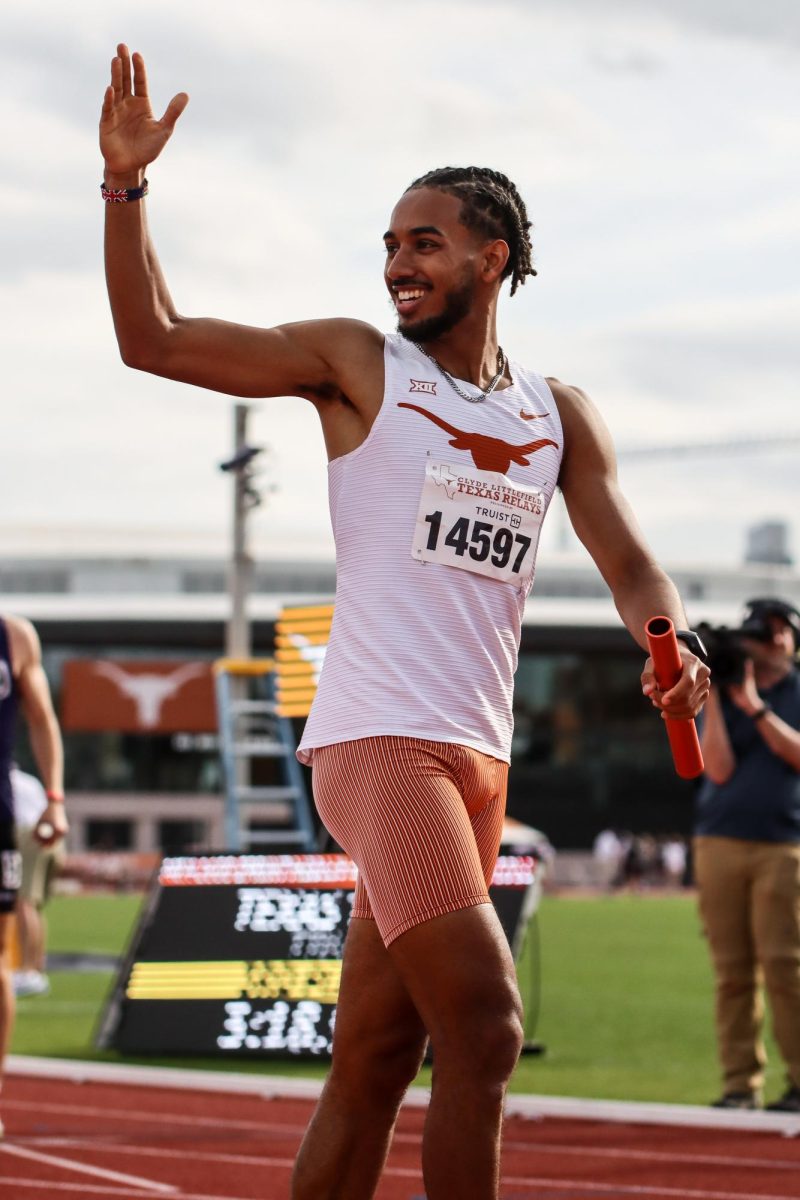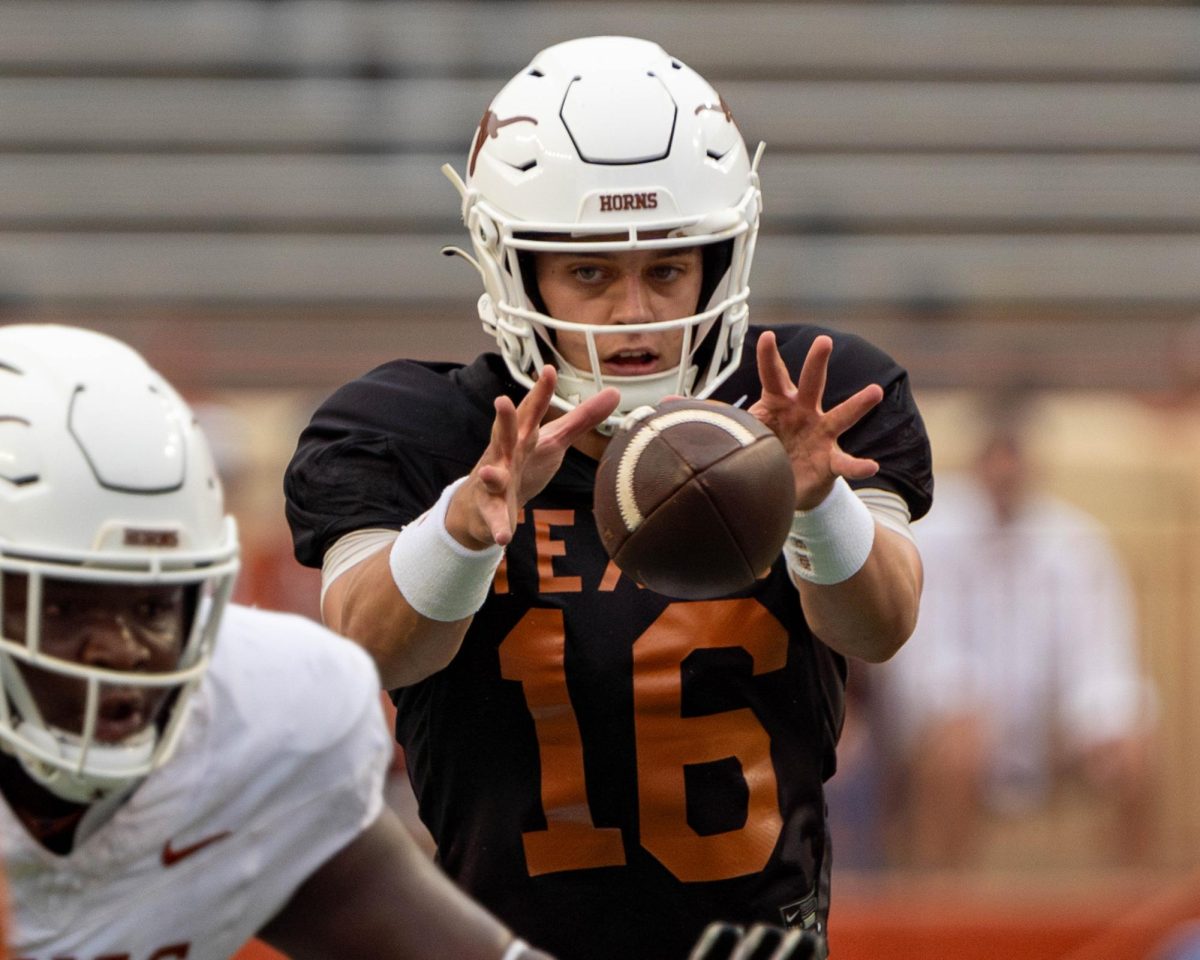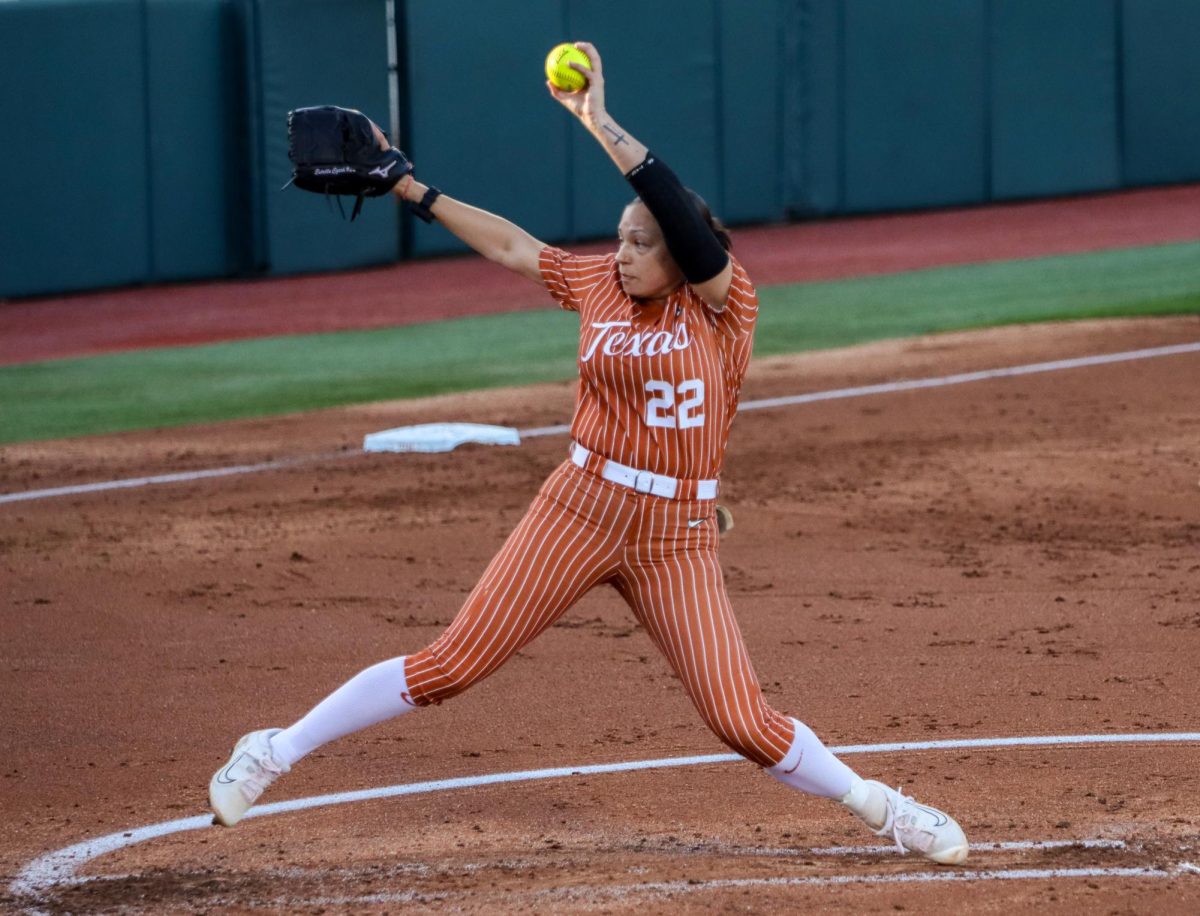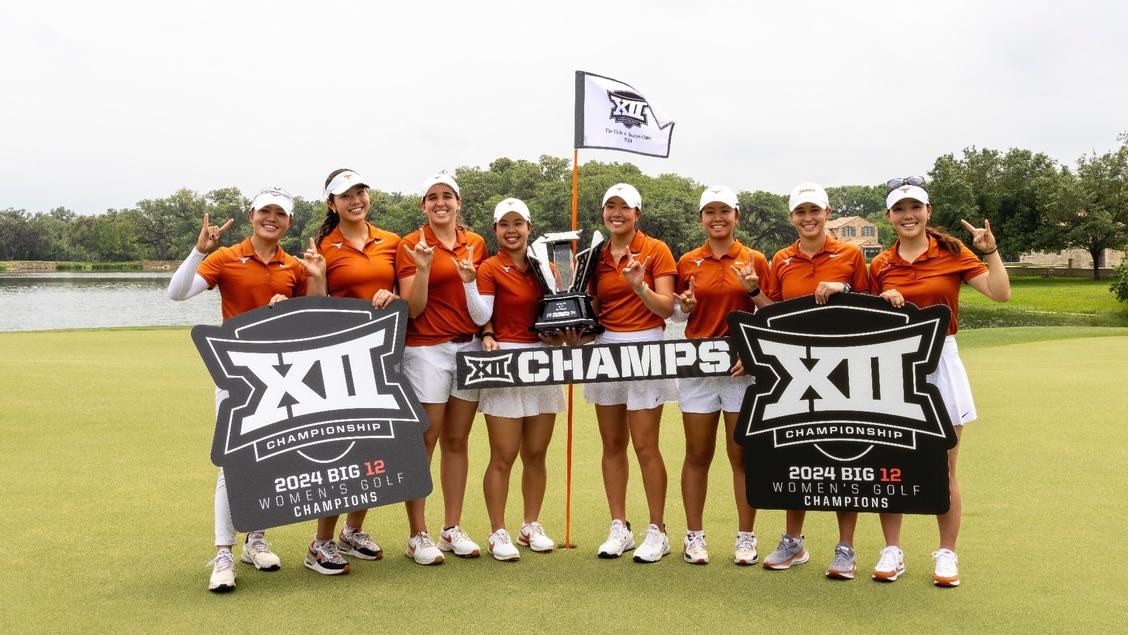Editor’s Note: This is part one in a two-part series about the racial integration of Texas’ men’s basketball team. Part two, which will be published Thursday, will tell the story of Larry Robinson, one of the first African-American basketball players at UT.
In early April, when Texas’ newest head coach Shaka Smart took the podium at his introductory press conference at the Frank Erwin Center, he had culminated a climb that had begun over 45 years earlier.
As the Longhorns’ 24th head coach, Smart became the first African-American coach of the basketball program, something he said he takes very seriously.
But Smart’s path was set by a trio of athletes — Sam Bradley, Jimmy Blacklock and Larry Robinson — who became the first black basketball players after a long but quiet integration process through the 1960s.
In November 1963, seven years after Texas integrated its undergraduate program in 1956, the Board of Regents agreed to desegregate all athletic activities at Texas. But Texas’ first African-American basketball player didn’t take the court for another five years.
Harold Bradley, head coach of Texas from 1956–1967, had strived to recruit multiple standout African-American athletes through the 1960s with little reward. But his best chance came with James Cash out of Terrell High School in Fort Worth.
Bradley made a full push for Cash — even going in front of the Austin City Council to lobby for a human rights commission to show that Texas was striving to improve race relations.
Cash eventually decided to stay close to home at TCU, becoming the first African-American basketball
player in the Southwest Conference in the 1966–1967 season.
Another slim prospect came with the well-known Lew Alcindor, now known as Kareem Abdul-Jabbar. Despite the assistants’ lack of optimism on the big man, Bradley was confident Alcindor would sign with Texas — even writing up a preliminary press release to announce his signing. But Alcindor went to UCLA and the Longhorns saw another opportunity pass.
“There were legitimate concerns of how do you integrate when you’ve had nothing that is an example of it,” said Bill Little, then-assistant sports information director.
By the time Leon Black took over as head coach of the basketball program in late spring 1967, Texas, which played in front of miniscule crowds at Gregory Gym, was still struggling to find success on the recruiting trail.
Texas was a football school, and it was well known. The school’s sports information director at the time described, “There are two sports at Texas — football and spring football.”
“We always had that back seat,” Black said. “Every time I went to recruit somebody, they had an article. And they said ‘Why should I come to Texas? Here’s your SID, he’s saying there are two sports at Texas, and basketball is not one of them.’”
Texas had little pull with African-American athletes. The national attention of Texas’ largest desegregation case of Sweatt v. Painter in 1950 had created distrust among the black community in Texas, and there were no black athletes with the Longhorns at the time to prove anything different.
“Many [African-American athletes] weren’t accustomed to playing around white players,” Robinson said. “They felt there weren’t enough black students [at Texas]. And that was true.”
Quietly, Samuel Bradley would become that example. Black reached out to Bradley, a freshman on the Texas track team at the time. He became the Longhorns’ first black basketball player in 1967.
Bradley, however, wasn’t the impact player Texas was looking for. Three years later, Blacklock and Robinson were.
Blacklock, formerly a star athlete at Austin High School, transferred to Texas from Tyler Junior College before the start of the 1971 season while Robinson became the first black basketball player to sign a letter of intent at Texas.
“I know I could play and race wasn’t an issue,” Robinson said. “I could acclimate myself to white society; it wasn’t for me a strange thing.”
During the 1972 season, Robinson created a lasting impact at Texas. While he led the Longhorns to their first Southwest Conference title, Robinson had helped set the path for future black athletes at Texas. Within the next two years, Texas added at least four more African-American players.
“I can’t tell you how happy I was when someone asked me how many African Americans we had and I could say I don’t know,” Little said.
Today, Texas joins Stanford as one of just two teams in the Power 5 conferences to have a black head coach for football and basketball. But, that fact isn’t as important as it once was.
“It shows you how far we’ve come,” Black said. “We’ve come to far that it doesn’t matter. You look for the best coach. If he’s black, he’s black. If he’s white, he’s white. If he’s brown, he’s brown. I think we’ve come that far.”



